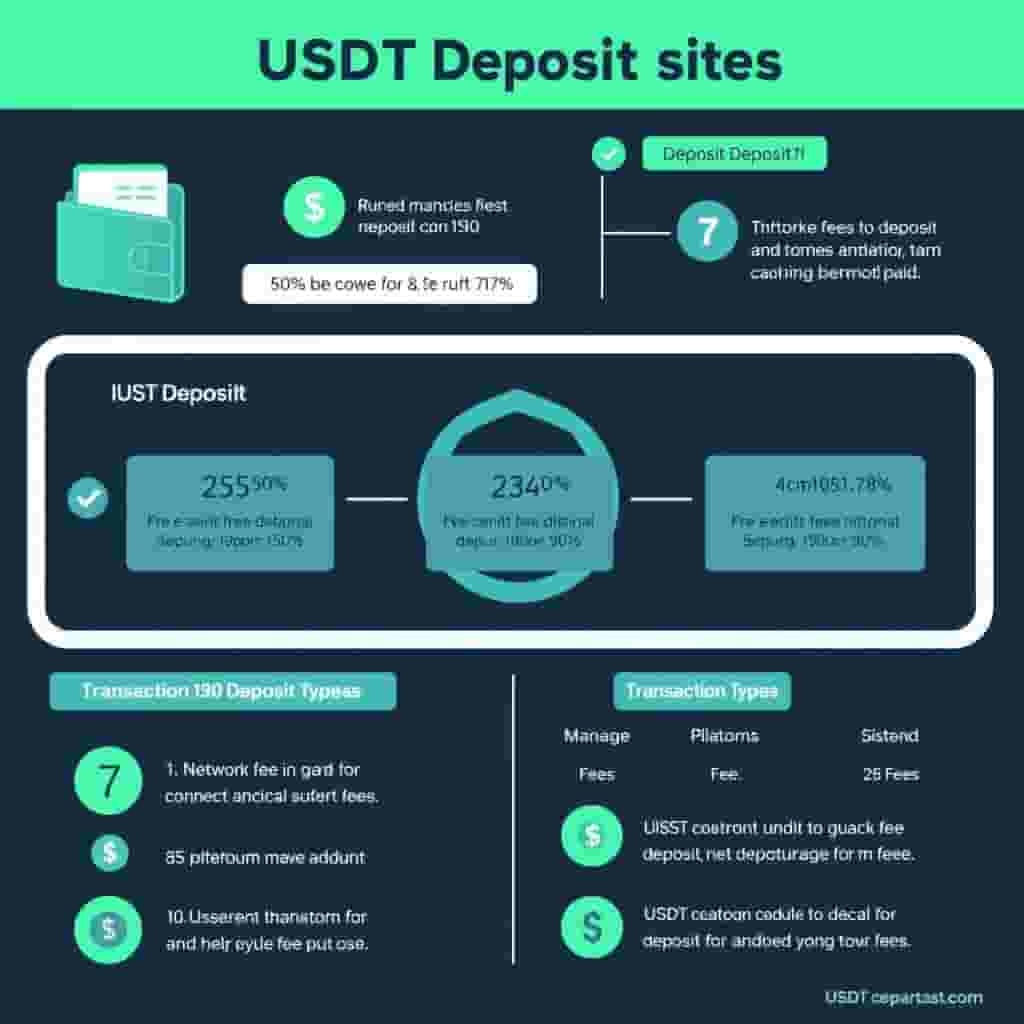Where to Buy Bitcoin in 2025 | A Comprehensive Guide
- 未命名
- 2025/10/02 07:54:46
- 0
Real drivers and realistic setups
Strategy
- Choose a reputable and regulated exchange with a good reputation. Look for platforms that have been operating since 2017 or earlier to ensure they have established track records.
- Consider the fees associated with transactions. Lower fees can save you money over time, especially if you're making frequent trades.
- Evaluate the platform's user interface and support options. A user-friendly interface can make trading more enjoyable, while responsive customer support can help resolve any issues quickly.
- Check the range of payment methods available. The more methods a platform offers, the easier it will be to complete transactions.
- Assess security measures. Look for two-factor authentication (2FA), encryption, and cold storage options to protect your funds.
- Consider mobile access. Many traders prefer using their phones to trade on the go. Ensure the platform you choose offers a mobile app or is mobile-friendly.
Example
"I recently switched from an unregulated platform to Coinbase because of its low fees, robust security features, and easy-to-use interface," said Alex, a seasoned trader who has been using cryptocurrency since 2018.
Alex highlighted how Coinbase offers multiple payment methods including bank transfers, credit cards, and PayPal. The platform also has strong security measures like 2FA and cold storage options for users who prefer an extra layer of protection.

Risk management you can actually use
- Risk per trade = account equity × risk% (e.g., 1%).
- Position size = risk per trade ÷ (entry − stop).
- Expectancy (E) = win_rate × avg_win − (1−win_rate) × avg_loss.
- Cap total portfolio risk; journal every trade.
A quick example
Account $10,000, risk 1% → $100 risk per trade. Entry $50, stop $48 → $2 risk/share → 50 shares. Target $54 (2R). If stopped, −$100; if target hits, +$200 (before costs).
How much capital do I need to start?
Use an amount you can afford to lose while learning a repeatable process.
How do I size positions?
Decide a fixed risk % per trade, then divide by the price distance to your stop.
How often should I review?
Match your timeframe: DAIly/weekly for swing; weekly/monthly for long-term.
What goes into my journal?
Thesis, entry/exit, risk (R), emotions, result, next improvement.
Sources & Signals (add before publish)
- Earnings or guidance: …
- MaCRO data or policy: …
- Sector flows: …
- Unusual volume/price action: …
